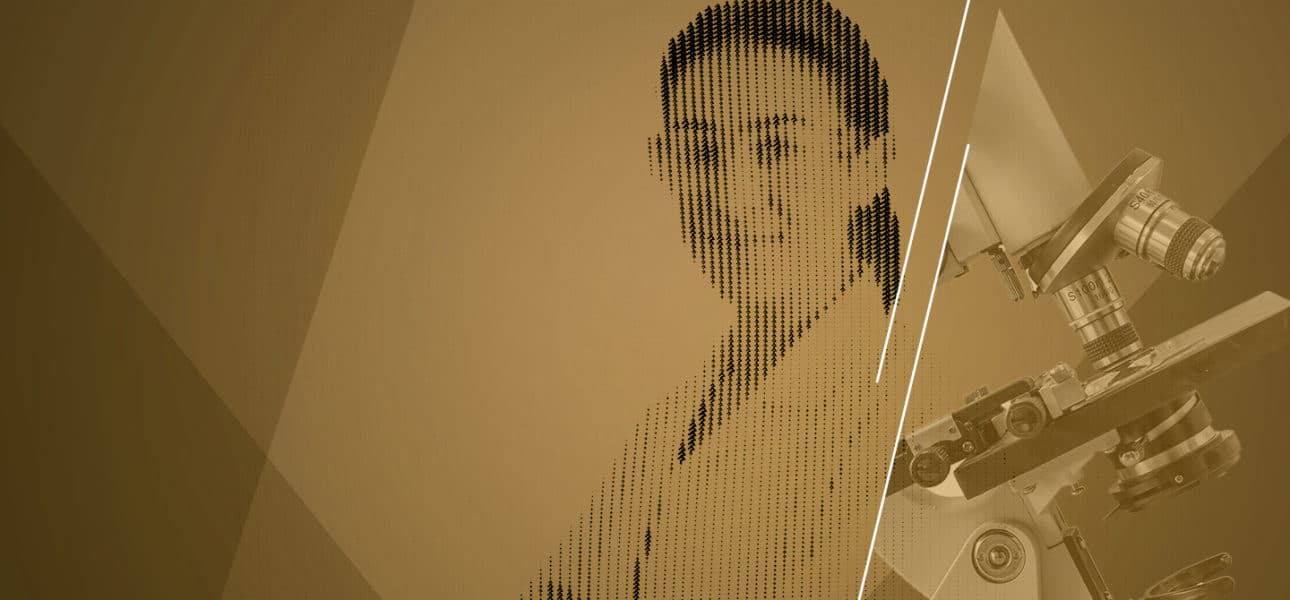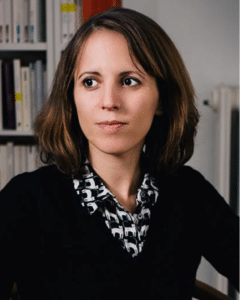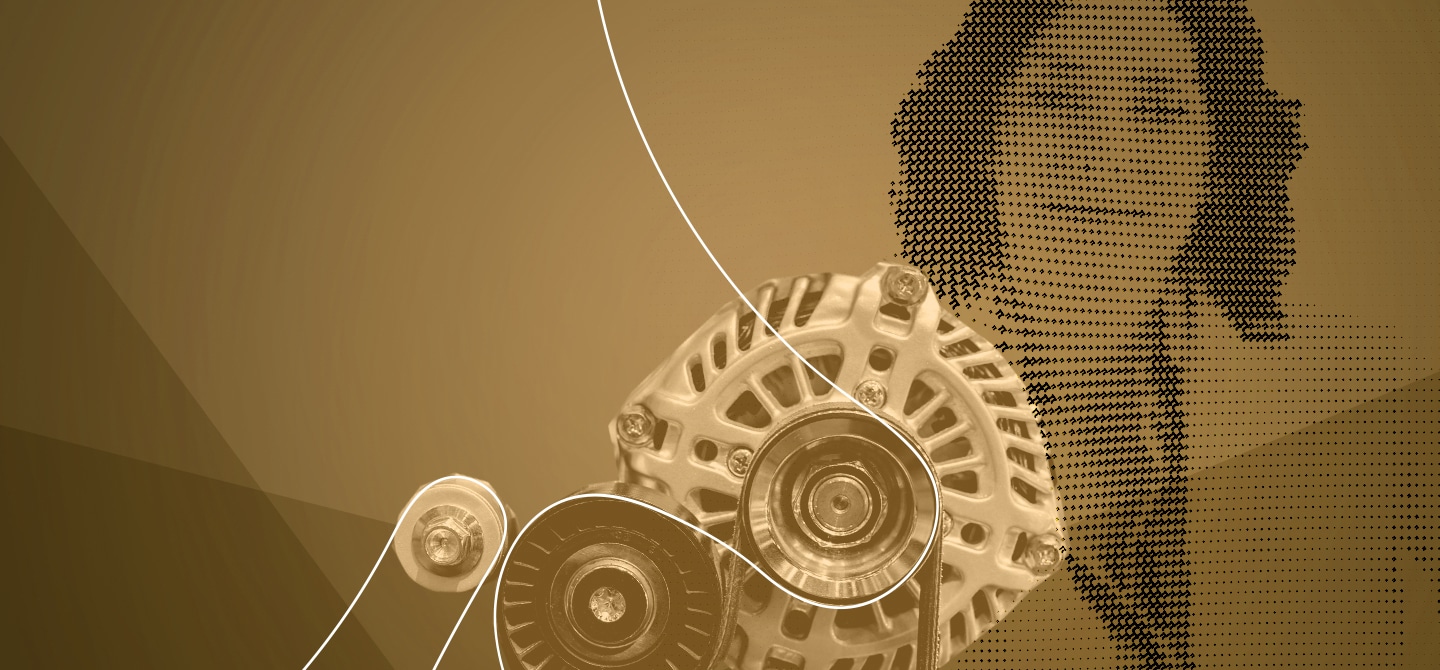In my younger days when I was pained by half educated, loose and inaccurate ways which we all had, I used to say, ‘How much women need exact science.’ But since I have known some workers in science who were not always true to the teaching of nature, who have loved self more than science, I have said, ‘How much science needs women.’ – Maria Mitchell1.
Does science really need women, as Maria Mitchell, the first professional female astronomer in the United States, argued? Today, a number of studies seem to strongly support this view. The main argument is that the presence of women in research is not only beneficial to the researchers themselves, but also necessary for the advancement of knowledge and economic development.
For example, female innovation leads to the production of objects and services that are more suitable for all types of consumers, thus increasing the number of potential clients and buyers. In addition, digital companies are reporting difficulties in finding ICT professionals, with expected Europe-wide vacancies in this important sector. Female researchers and engineers are therefore vital to Europe’s economic growth, and their premature exit from careers – all too common – is a definite loss of talent.
Gender and innovation
At first glance, it is therefore an issue of numbers. But beyond that the presence of women in STEM (Science, Technology, Engineering and Mathematics) brings with it the diversity and plurality needed to explore new ideas and original research. The fact that sex and gender analysis in research leads to excellence was formalised in 2009 by historian of science Londa Schiebinger of Stanford University.
This approach, called “gendered innovation”, for example, broadens the scope of research and potential hypotheses, improving experimental designs or on the end-users of a product. Not taking gender into account in research distorts the results or gives a partial view of the subject studied, especially in sciences that study human phenomena such as biology and medicine, but also technology for human use.

Perhaps the most emblematic example is that of the female heart attack. We have all been taught to recognise the symptoms of a heart attack: chest pains, pain in the left arm. However, it turns out that these symptoms concern the disease in men, whereas in women they differ to the point of delaying diagnosis and treatment. In women, concern should be expressed in the presence of jaw pain, nausea, vomiting and dizziness. In addition, typical detection methods such as coronary angiograms as less effective at detecting heart attacks in women, because they are caused by the smallest blood vessels, which cannot be detected with this diagnostic technique.
Other examples include car safety tests that use human-shaped crash test dummies. Protective devices tested on male bodies have caused more injuries, even fatal ones, to women and even more so to pregnant women. Today there are woman-shaped dummies and even foetus-shaped ones! Think also of osteoporosis in men, which was rarely diagnosed because it was associated with menopausal women. The introduction of the gender factor in the study of these diseases has allowed a better consideration of population health. Even outside the field of health, biased results can be found in the fields of speech synthesis, artificial intelligence, and algorithms, or in the use of means of transport and in the approach to climate change.
More women = higher GDP ?
In 2013, the European Commission’s study “Women active in the ICT sector” estimated that if the percentage of women in information and communication technology (ICT) fields were comparable to that of men, European GDP would increase by about €9bn per year2. Some of these figures even show that companies that employ more women in management positions are 35% more profitable and provide shareholders with 34% more profit3.
Diversifying ideas, diversifying interpretations
Marianne Blanchard is a lecturer in sociology at INSPE Midi-Pyrénées – Université Toulouse 2. She works on women’s issues in science. “Let’s start with the justifications that have been given historically. The issue was first raised to ensure a sufficient pool of candidates for professions that developed strongly from the 1960s. Then it was a question of equity: men and women should have equal access to all professions.”
Today, many studies have shown how an all-male science can be biased, contrary to the declared ideal of objectivity and neutrality. “Biases that are evident both in the protocols and in the way they are presented, such as the vision of the passive ovum waiting to be fertilised by conquering spermatozoa. Diversifying the recruitment of scientists also means diversifying the approaches and therefore the results.”
Nevertheless, a counter-argument still echoes that there are female-predominant professions does not bother anyone. Marianne Blanchard explains, “Obviously no one really cares about the lack of male childminders or care workers (or conversely female lorry drivers), as these are considered to be low prestige professions. Conversely, scientific professions are, at least historically, considered important in our societies. But above all, scientific studies – particularly in the prestigious universities – remain the main route to positions of power, especially in France. So, this brings us back to the issues of disciplinary hierarchy: we are less interested in the less academically and socially prestigious sectors.”
Even if certain sectors of power are occupied by a majority of women – 66% of magistrates in France are women, for example – these professions remain rare. And as for scientific disciplines where there is a female majority, the proportions are not often in the same orders of magnitude. When you look at the CNRS, in none of the institutes are there more than 50% women, whereas in the Institute of Mathematical and Similar Sciences, there are more than 80% men.








